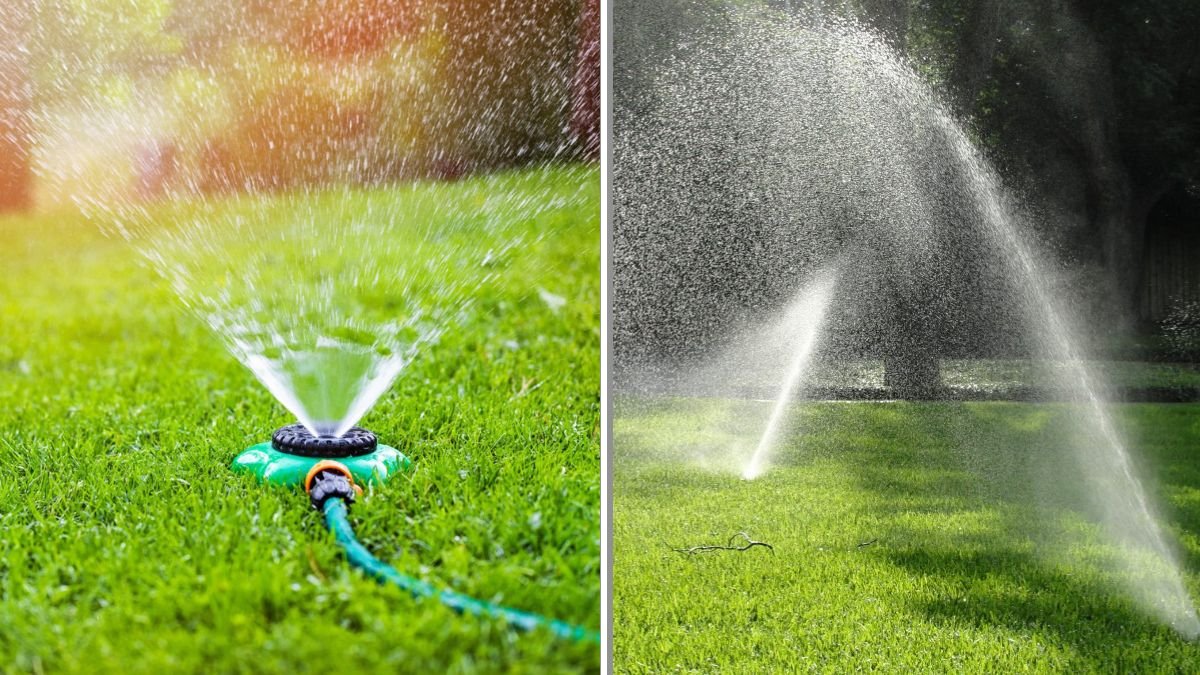Few things put your lawn to the test like a heatwave. Blistering sun, scorching temperatures, and little to no rainfall can quickly transform lush grass into brittle, brown patches. While some grasses naturally go dormant during extreme heat, improper watering can push them past the point of recovery. The good news? With the right strategy, you can keep your lawn alive—and even thriving—during the toughest stretches of summer.
Here’s everything you need to know about watering your lawn during a heatwave—from timing and technique to avoiding costly mistakes.
Why Heatwaves Stress Your Lawn
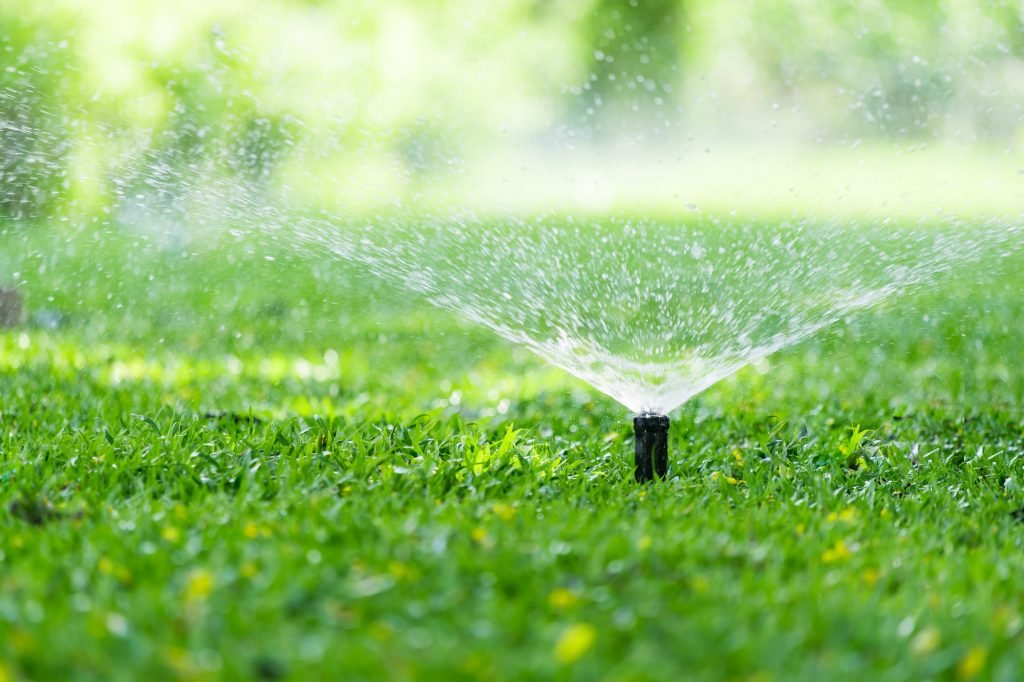
Grass needs three essentials to stay healthy: sunlight, nutrients, and water. During a heatwave, the balance is thrown off:
- High temperatures increase evaporation, pulling water out of the soil before roots can use it.
- Direct sunlight scorches blades, causing wilting and discoloration.
- Dry conditions weaken roots, leaving grass vulnerable to pests and disease.
Without proper care, even well-established lawns can suffer long-term damage. That’s why learning to water efficiently is so important.
1. Water Early in the Morning
Timing is everything during a heatwave.
- Best time: Between 4 a.m. and 9 a.m.
- Why: Temperatures are cooler, and winds are calmer, reducing evaporation. Grass also has time to dry during the day, preventing fungal diseases.
- Avoid evening watering: Moisture lingers overnight in high heat, creating a breeding ground for lawn fungus.
Pro tip: If morning watering isn’t possible, aim for late afternoon—but never after sunset.
2. Water Deeply, Not Frequently
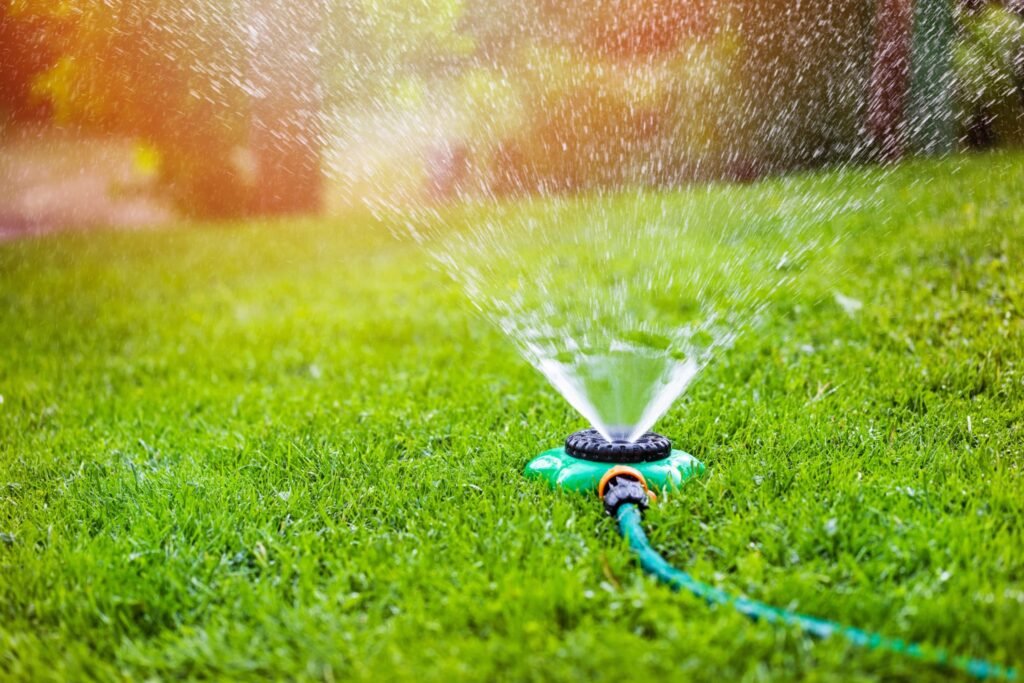
One of the most common mistakes homeowners make is watering lightly every day. This encourages shallow root growth, which makes grass more susceptible to heat stress.
- Ideal method: Apply about 1 to 1.5 inches of water per week, spread across two or three deep sessions.
- Deep watering benefits: Encourages roots to grow down into the soil, where they can access moisture reserves.
- Test your watering: Place a small container (like a tuna can) in your lawn to measure how much water your sprinkler is delivering.
Rule of thumb: A long, deep soak twice a week is far better than a quick spray every day.
3. Adjust for Soil Type
Different soils hold water differently, so adjust your watering routine accordingly:
- Clay soil: Holds water longer but absorbs slowly. Water in shorter cycles (20 minutes, rest, repeat) to avoid runoff.
- Sandy soil: Drains quickly and dries fast. Water more frequently but in smaller amounts.
- Loamy soil: Ideal for lawns—it retains moisture without becoming waterlogged. Stick with standard deep watering.
Knowing your soil type ensures water reaches the roots rather than evaporating or running off.
4. Watch for Signs of Drought Stress
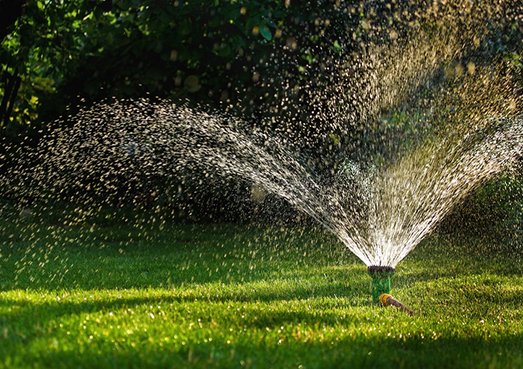
Your lawn will “tell” you when it’s thirsty. Signs of stress include:
- Grass blades folding or curling inward.
- A bluish-gray tint instead of vibrant green.
- Footprints that remain visible after walking across the lawn.
- Patchy browning in sun-exposed areas.
If you notice these symptoms, increase watering frequency temporarily until the lawn recovers.
5. Prioritize High-Need Areas
Not all parts of your yard dry out at the same rate. During extreme heat, focus on vulnerable spots first:
- Slopes: Dry out quickly because water runs downhill.
- Sunny areas: South-facing lawns and spots near driveways heat up faster.
- Newly seeded or sodded areas: Require consistent moisture until roots establish.
Meanwhile, established shaded areas often need less frequent watering.
6. Combine Watering with Smart Lawn Care
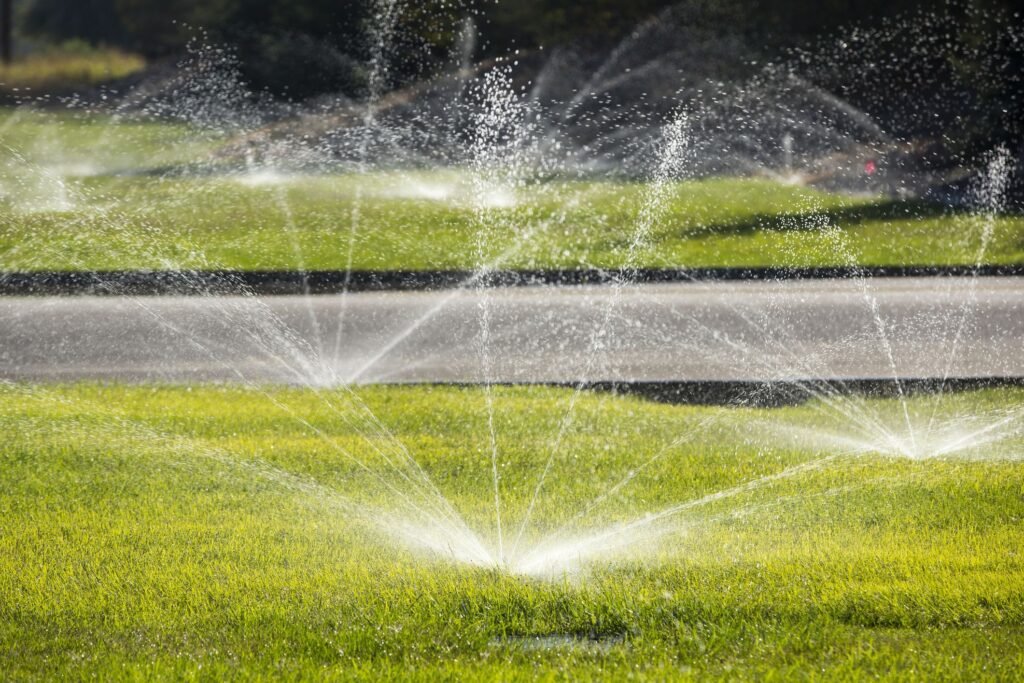
Watering alone won’t protect your lawn in a heatwave—it needs a holistic approach.
- Mow high: Keep grass 3–4 inches tall. Taller blades shade the soil and reduce evaporation.
- Sharpen mower blades: Clean cuts reduce stress on grass.
- Leave clippings: Grasscycling helps retain moisture and adds organic matter.
- Avoid fertilizing in extreme heat: Extra nutrients stimulate growth when grass is already stressed.
Together with proper watering, these practices make your lawn more resilient.
7. Use Efficient Irrigation Tools
Not all sprinklers are created equal. Choosing the right system can save water and keep your lawn healthy.
- Oscillating sprinklers: Good for rectangular lawns, delivering even coverage.
- Rotary sprinklers: Best for large, circular lawns with broad coverage.
- Soaker hoses or drip irrigation: Deliver water directly to the soil, minimizing evaporation.
- Smart irrigation systems: Sensors and timers adjust watering based on soil moisture and weather conditions.
Pro tip: Check sprinkler performance—misaligned or clogged heads waste water and leave dry spots.
8. Accept Natural Dormancy if Needed
Some grass types, especially cool-season varieties like fescues and Kentucky bluegrass, naturally go dormant in high heat. The lawn may turn brown, but it isn’t dead—it’s conserving energy.
- Minimal water requirement: Even in dormancy, water once every 2–3 weeks to keep roots alive.
- Recovery: When cooler weather returns, dormant grass usually greens up again.
Trying to force green color in extreme heat often does more harm than good. Sometimes the best approach is patience.
Common Watering Mistakes to Avoid
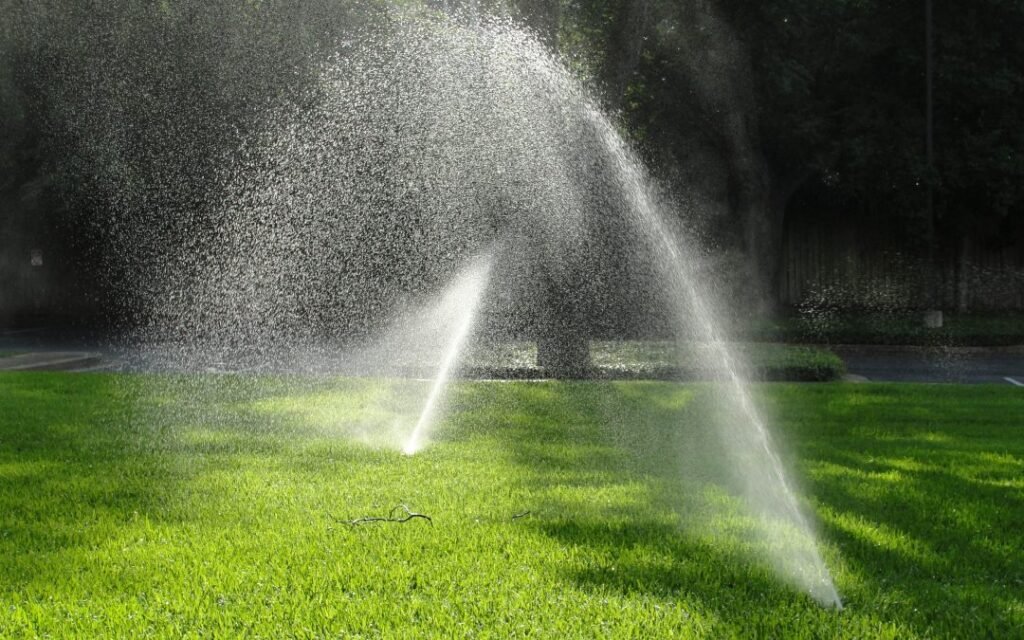
- Frequent shallow watering: Weakens roots.
- Watering at midday: Most water evaporates before reaching roots.
- Overwatering: Leads to fungal disease, shallow roots, and wasted water.
- Ignoring local restrictions: Many cities limit watering during droughts—check your guidelines.
Final Thoughts
Heatwaves are tough on lawns, but with smart watering practices, your grass doesn’t have to suffer. By watering early, soaking deeply, adjusting to soil type, and combining irrigation with good mowing habits, you can protect your lawn and help it survive even the most intense summer weather.
Remember, the goal isn’t to create a golf-course-perfect green lawn in the middle of a drought. It’s to keep your turf healthy enough to bounce back when conditions improve. With thoughtful care, your lawn will withstand the heat—and reward you with lush growth once cooler days return.
